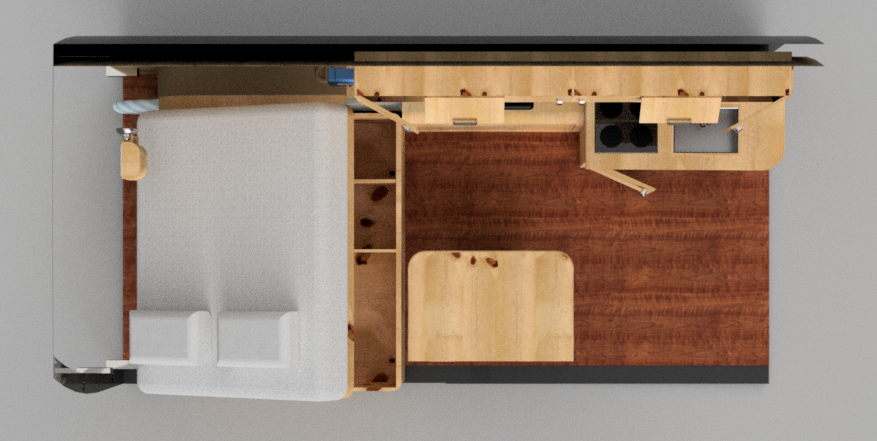

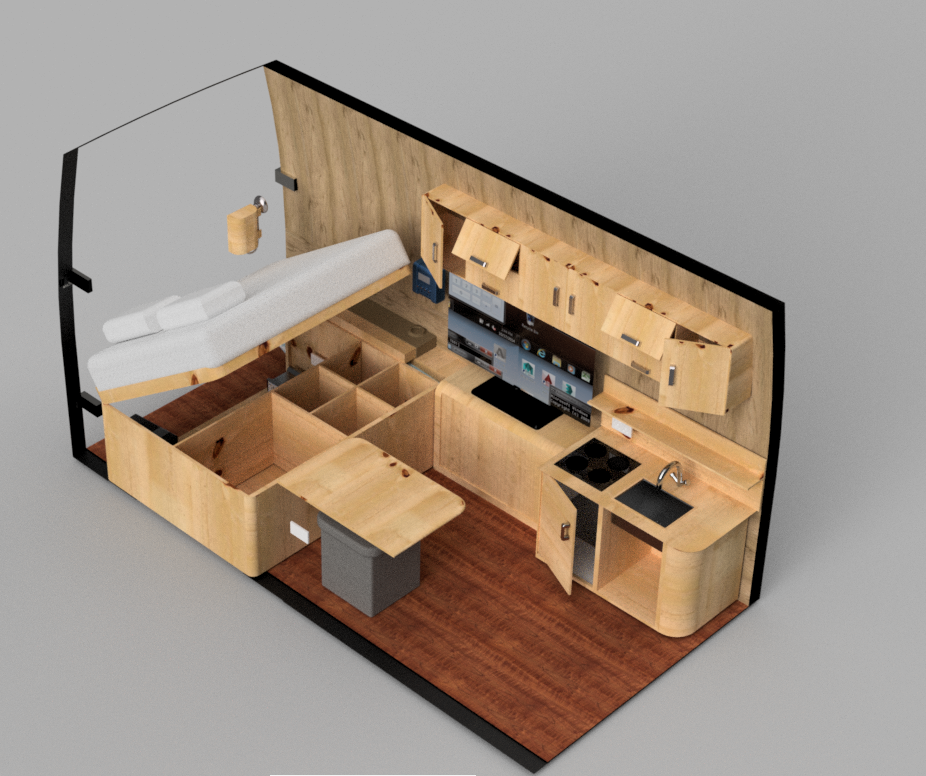
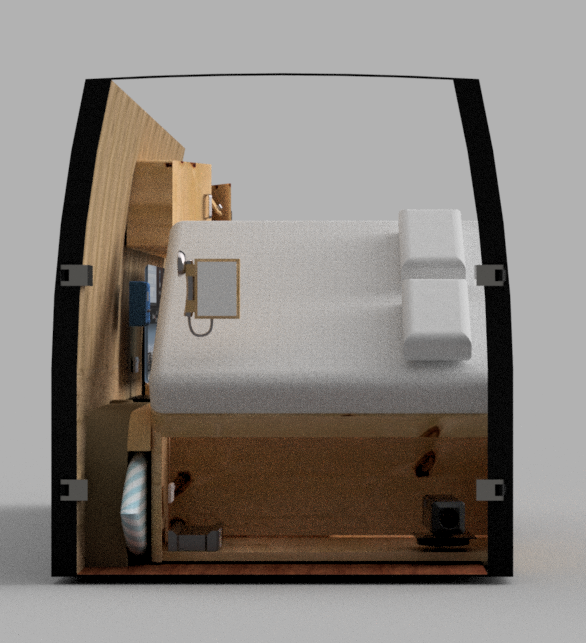
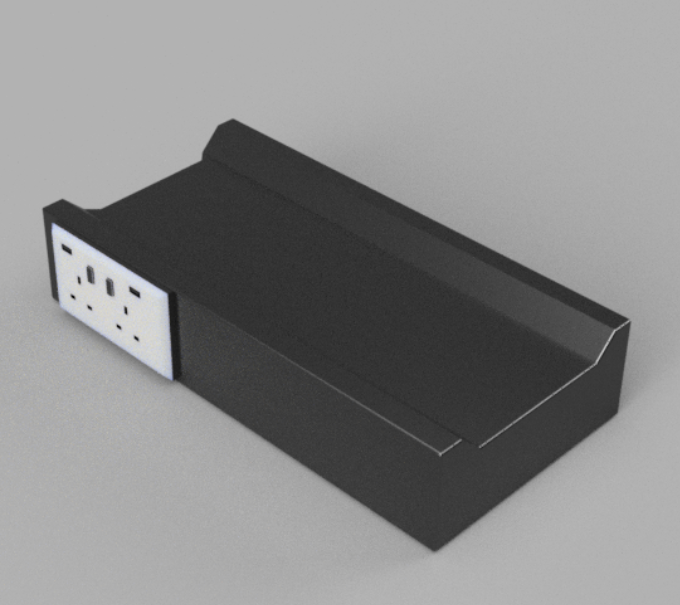

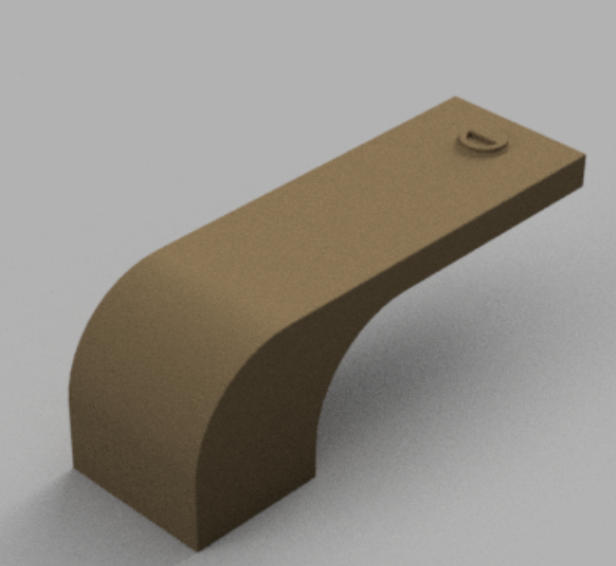
The group client project was a set of projects that the university gathered clients who pitched their projects to us for us to work towards, giving us a incite into what the projects offered and an introduction to the task at hand. Some of these projects included a Wadworth brewery project, app development, and design projects, and Sam's van-campervan conversion. The van Sam had selected was a Renault Master. My chosen project was Sam's campervan project. This project appealed to me the most because it felt the most relevant project to my pathway, as well as testing and pushing my skills in CAD and touched my interest in interior design. Another big appeal of the project was the opportunity to learn Fusion 360, a CAD programme very useful for interior design, engineering, and 3D modelling in general. Many of the lecturers highly recommended using Fusion 360 in which I rightfully took their advice.
As part of the presentation, to pitch the project to us, Sam came up with a PowerPoint with certain specification that was required in our designs for the handover documents for the campervan conversion. It was required that we show all 12 of the specifications that Sam desired in our 3D models to make sure our design hit the spec and could be used as a blueprint for the campervan. The 12 specifications in the design where it must contain a diesel heater, a gas-powered shower, a double bed, a solar panel, and solar charger, a kitchen area, a table, decent storage, a fridge, an inverter, and electricity of 240v mains and 12v sub-mains and storage for an 8ft surfboard. The group working on the client project consisted of myself, Danny, and Syed which turned out handy as we all felt the campervan model had 3 themes, we could work on to effectively build the campervan. Danny worked on the interior design, for example, the bed and kitchen area. Syed worked on the van itself, modelling the outside of the van and the loading area in the back of the van we were designing. That left me with the mechanical and electrical side of the project. Danny was very keen on the interior design factors of the project so he was adamant he wanted to do that, me and Syed were easygoing about the project and ended up splitting the other workload. I was happy doing the mechanical and electrical side of the project although motivation was hard during the project but sided with this project largely compared to the RSA project.
My role within the group required a large amount of research as understanding how different parts of the van would work and behave together, for example, how would the inverter work with the rest of the cables and circuit in the camper van. It was also important to research how the plumbing pipes and system would work. Although I found it would be fairly straightforward, without doing research into plumbing and electrical would have been extremely difficult and a punt in the dark. The plumbing side of the campervan is based around a water tank and water pump. The water tank holds all the water for the sink and the gas-operated shower in the van, with the water pump primarily there to get the water to the required appliances. The system required a water pump due to the system being low-pressure. The electrical side of the van was a little more complicated as the inverter, generator and solar charger all had to be taken into account. The lighting ran on 10v cables that mostly hide in the roof of the van, whereas the plug sockets and mains power are all connected to the 240v mains. We had issues finding the size and radius of the wheel arches in the back of the van and also found it challenging to find the loading area of the van itself, which sounds a lot more straightforward than it was as we couldn't find it online, and didn't have access to the van. Therefore, Syed and Danny contacted Sam and he thankfully sent us the dimensions we needed to accurately start designing components. Other research was also actually learning Fusion 360, following tutorials, and generally practicing and playing around with the software. Many YouTube videos were followed and watched to help me become a Fusion 360 ace, somewhere much better than the others, and feel a large sense of accomplishment learning a brand new software by myself. Going forward it's going to give me great confidence when progressing and challenging myself in learning new software. Going forward Fusion 360 will be my chosen software when 3D modelling. Compared to AutoCAD, which we learned in the first year, it's just better and more efficient when 3D modelling, also the rendering is very good and simple to use yet publishing excellent looking work. Other research that we all generally did was mood boards for interiors of campervans which also gave us great inspiration and a point in the right direction over the interior we should be designing.
Our first plan of action in designing the back of the camper van was to rough sketch a layout that included all of the specifications from the brief. We all created a few sketches that were used in our first presentation to the class and client Sam, which gave us feedback and a pointer in the right direction. Thankfully creativity was something our group did not lack as we had the set specs for the camper van as well as doing enough research and inspiration to discover what worked well and what didn't in the van to camper conversions, something that during covid have become very popular. It was hard for us to get sidetracked by designing an interior that wouldn't meet the specs as the specs were strict and gave us everything, we needed to successfully design the campervan.
The first presentation was successful for the group, a lot of behind-the-scenes research had been done as well as a design of the outer van and some interior furniture, such as the bed and a bit of the kitchen area. My part of the project was largely research and then modelling the different components of the van, which was sent to Danny who had the job of piecing the van together and ready for progression. My first design was the inverter which was my first proper project whilst using Fusion 360. The feedback from lecturers and Sam himself was positive, he was happy with the progress we had made in the time and suggested a group/client meeting to get us heading towards the final stages of the design.
As stated before, the group consisted of Danny, Syed, and me. 3 sub-projects occurred initially at the first stages of the group client project so having a smaller group of 3 worked out for us. We are all CAD students which made life easy as the workload could be spread out equally between us. Me and Danny were brand new to Fusion 360 although Syed has had a few years of experience using the software which was a nice confidence booster as having someone around who can help with any problems that come around. In the RSA project, I had a problem with rendering in Fusion 360 that I couldn't solve, therefore I contacted Syed for guidance and assistance. Danny took the project management role and was good at organising us by getting work to himself in good time and creating good communication methods such as Microsoft teams and Snapchat. It was extremely important that we communicated well and got work to each other as different parts of the project relied on each other, such as Danny waiting for me to create the mechanical and electrical models of the inverter, water tank, and solar panel so he could fit them into the camper. Overall, we worked well in a group and our final presentation feedback was extremely positive and enjoyed working in the group and the project.
Whilst most things about the project seem positive, of course, there were parts about the project that we would not necessarily change, but be aware of going forward, some of these factors are out of our hands so luck also has parts to play in these aspects of the project. Illness was a factor in our group that resulted in our group more times than not being all together at University for a group meeting or even to see how much progress we had made. It made things a little bit more complicated, but we were able to overcome these due to everyone in the group pulling their weight and keeping up great communication throughout the whole project. Knowing what we had overcome after hearing about the feedback in our final presentation was a big confidence boost, which helped me in my RSA project. Normally motivation is something that I struggle to find in a project, although this project was motivated by learning new software, designing interiors, and knowing my group is relying on me
Our final presentation was presented to all the lecturers including our client Sam. We created a presentation that carried on from our first presentation, implementing the feedback we received from it. In our presentation, we sectioned out parts that each member would talk about, showing off the models we created for the van and explaining how we made them and what part in the van they would be part of. My final renders which were used for the presentation are shown, including the inverter, water tank, and the solar panel. Also shown above are the final models included in the handover document for Sam which were put together and rendered by Danny, although it's lots of different pieces of each group member's work. Somewhere in that model, you will find all of the mechanical and electrical components I created and of course, the outer box that Syed created ready for me and Danny to use and base our models around. As briefly stated above the feedback from our final project was very good and Sam and the lecturers spoke about different aspects of the design for a good time after, going way over our allotted time! Normally you would think if there are a lot of talking points it may be because the project was underwhelming, although in our case it was stated that we had many different talking points because what we had produced was so good and also very customisable with the models we created and moving things around to optimise space. The feedback from this project was such a confidence booster which was much needed after a lackluster RSA presentation the week before that pushed me to work even harder on the RSA project than I had done for any other project. To create the final presentation, we sent all our project work and 3D models to Danny who had the job of making everything come together and ready for the presentation. We needed to make everything to the right scale as we suffered a problem with scaling with the first van created for Danny to use. Thankfully due to our research, we knew the dimensions of the models that we needed to create and used millimeters to do this, resulting in my and Danny's 3D models drawn to the right scale and making it easy to share our models ready to present to the class and include in the handover documents.
The handover documents are created for Sam so he can go ahead and build the van we created for him which will include the rendered models of the van above, dimensions of the components of the van, a materials table so models can be built and a rough cost of materials. Sam will be able to use this document as the primary source for creating his camper van conversion, as well as the group who put it together with any questions that may occur during the building phase of the project. Our group currently does not have a client handover document although we are in the progress of making it and putting it together. The final touch of our project is to put together the handover document for Sam to use. We want the models in the handover document to be the best work we can produce so we are taking our time to optimize everything within the model so Sam can use it to easily build the camper van. We have the final rendered model; we are just tidying up the materials schedule and a few other little bits.
Overall, this project was a complete success in several different factors. From gaining valuable teamwork experience to learning new software lots of different aspects have challenged me throughout the project and at times pushed me to the limits, of the RSA project. I was very happy with how my group worked together and worked to meet the deadlines that were independently set by us to keep on top of the workload. A small side of the project I would have done differently is trying to work on both projects at the same time, as I found working on the group and RSA project at the same time very challenging and overwhelming at times, therefore I prioritized the group project, which unfortunately meant I had to rush of my designs in my RSA project, therefore going into semester two I must have better personal time management and organization skills to ensure this doesn't happy again. The best skill picked up from this project was learning Fusion 360, a CAD software I am enjoying using and learning at the moment. Because I did my group client project first it was a bit of a learning curve, resulting in me personally preferring my RSA 3D models just because I had more experience and confidence when using the software. Overall the group project was very successful from the way we went about setting out work, the research we put into the project, and also the communication set out for our group to flourish. I believe this is reflected in the 3D models that we all created as a group and shown by the amazing feedback from the lectures as well as client Sam.
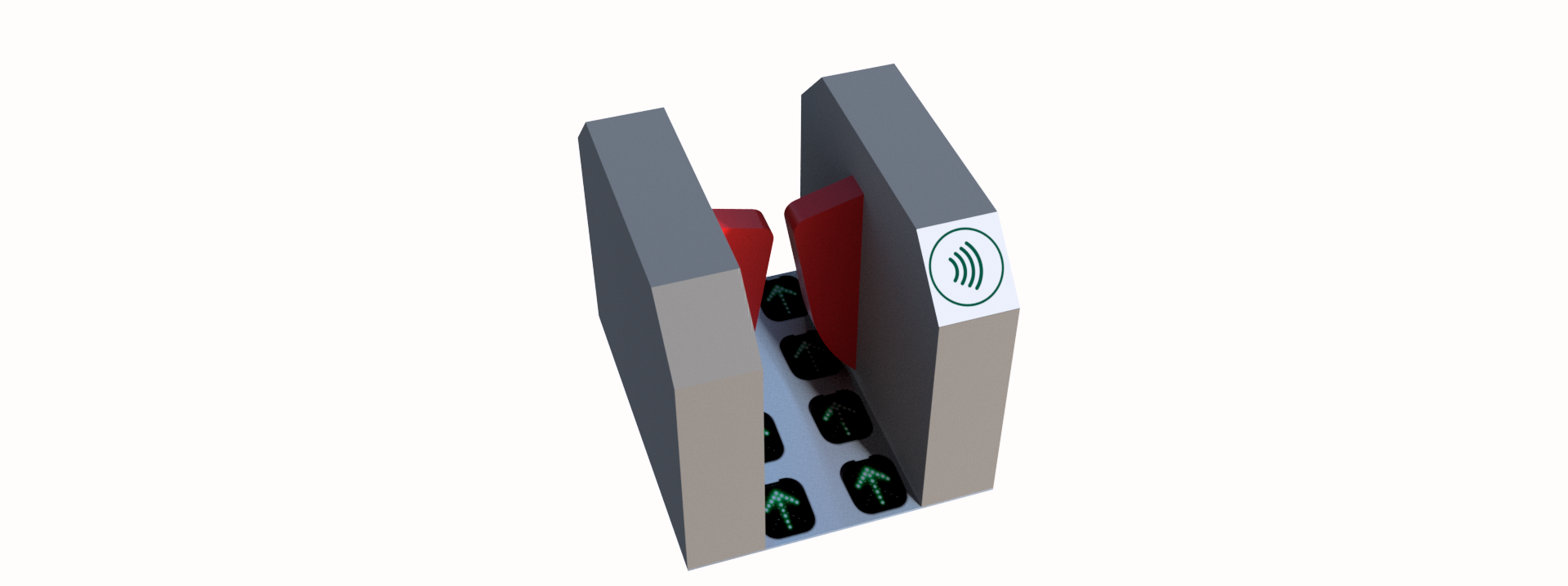

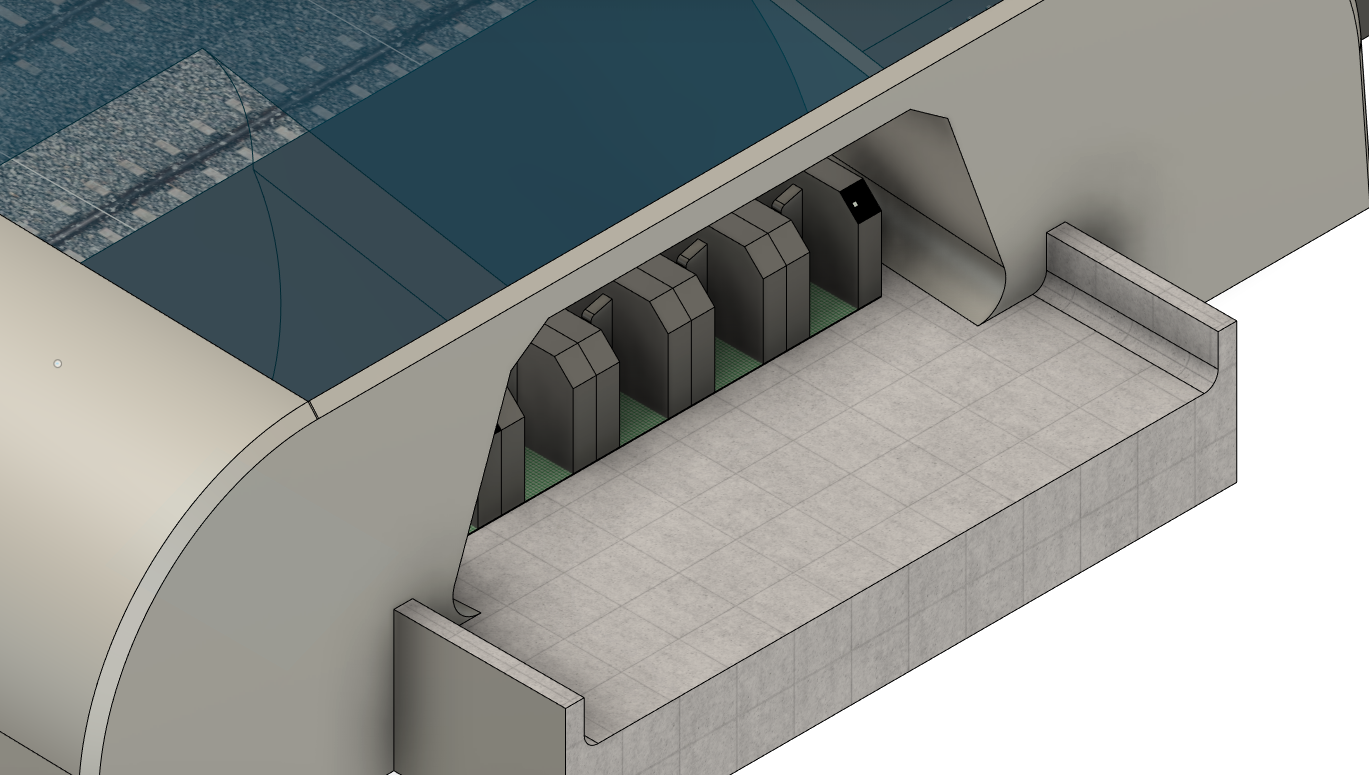
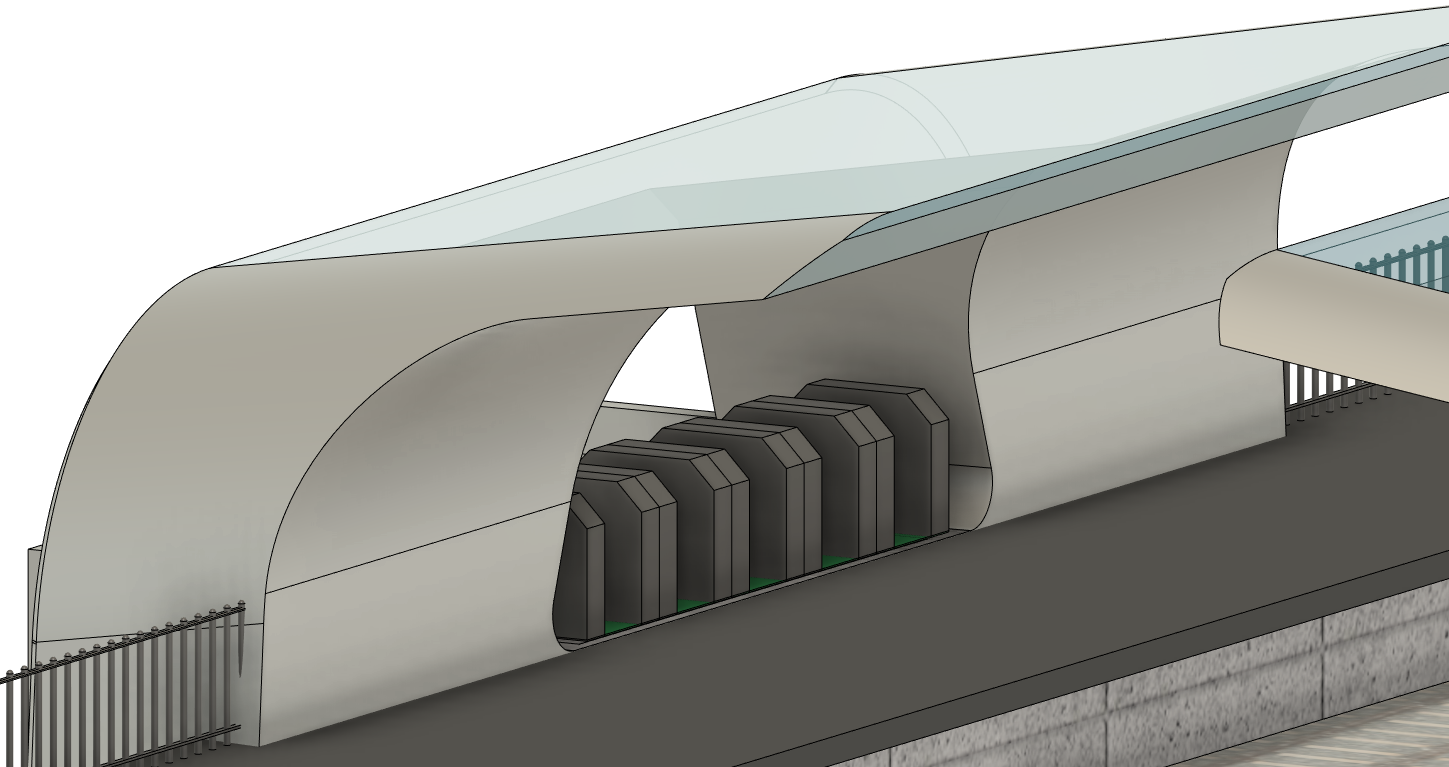
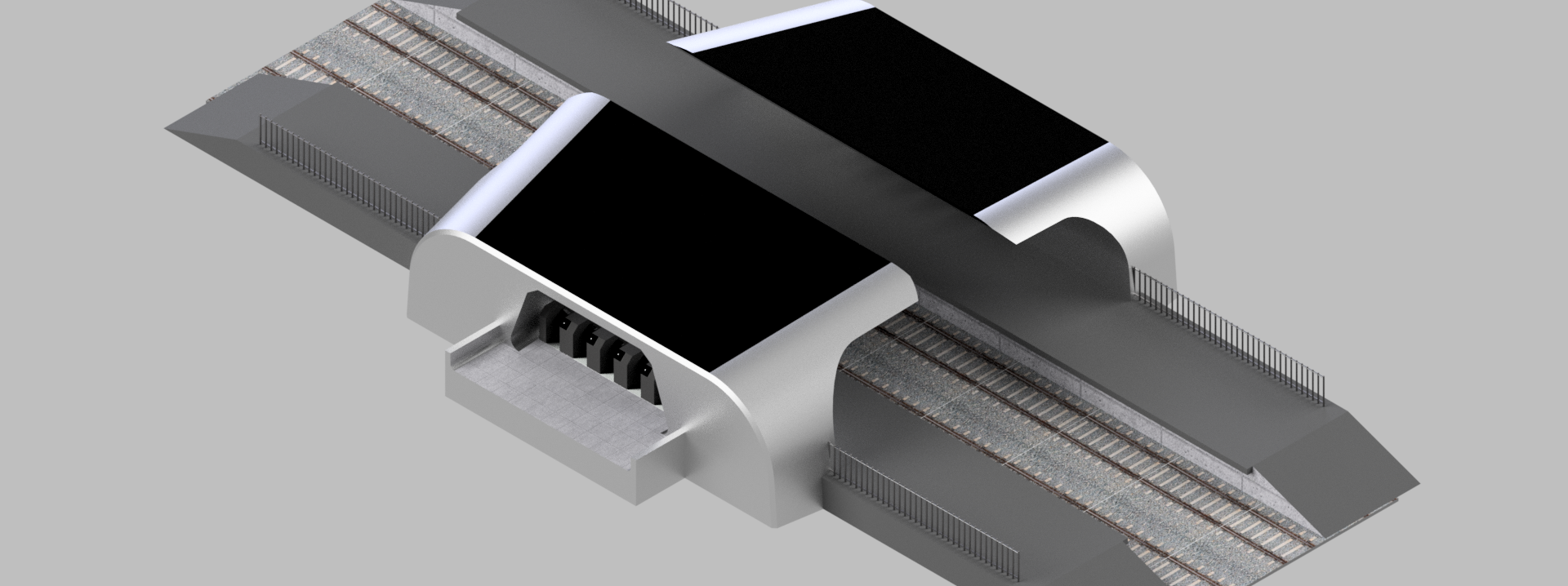
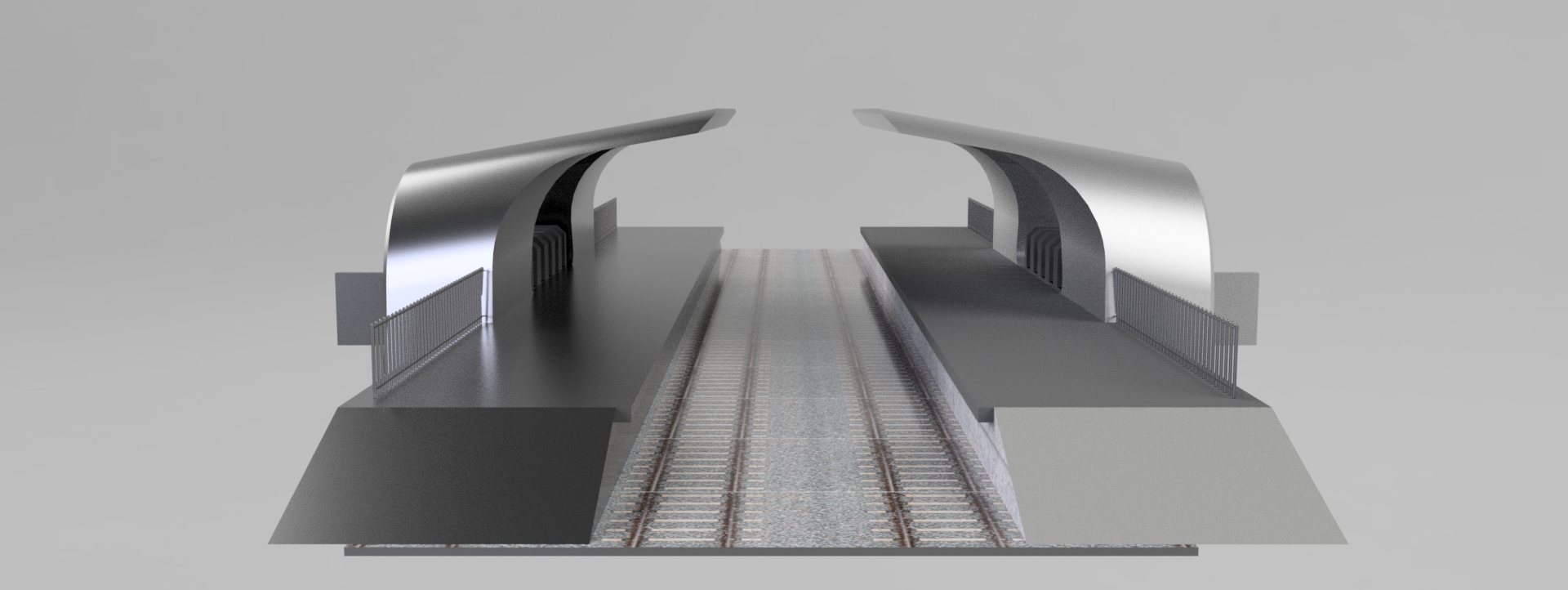
The RSA (Royal Society for Arts) project is a group of case studies, aimed at students, that the RSA hold every year that implement art and help find solutions to nationwide problems within the world. Several different briefs are listed on their website with the opportunity to submit projects to the RSA to win the competition, with rewards up for grabs as well as winning a prestigious award. To complete an RSA case study, a large amount of research must be completed, this includes primary and secondary research. Primary research includes research that is personally carried out, whilst secondary research includes research that is gathered by someone else. In my instance, I chose RSA brief 3, Signallining Change. For the project, I had to 3D model something that I think would help towards what the brief states, whilst also carrying out a 4-thousand-word case study to investigate and solve problems that may crop up within the project briefs. We used this type of case study as a mini dissertation in preparation for next year when we will be writing the real thing.
Out of 9 briefs I selected to do the Signalling Change brief, which highlights anti-social behaviour at train stations and how it can be tackled. The idea of the project brief is to find a way for train stations to be a beacon to influence positive behaviour. Therefore, it's down to us to do the research into finding why isn't that the case and how can a solution be found. There are two aspects of the RSA project, one of them being 3D modelling a way to help and support the case study, and also our case study which investigates the problems and solutions as well as creates an argument about the RSA project. All of the projects were individual, so it was down to us to try and twist the case study in our favour, making the project more appealing and entertaining. My first thought for the project was to create an app that makes it very clear what platform you should be on when your train was coming and real-time updates on the location of the train, although being a CAD student, not much of the designing appealed to me and my pathway. I did although select this brief because I thought it was the most appropriate for the CAD pathway as my second thought was modelling a train station. In general, the project brief summarised how we can make sure train stations amplify positive behaviour in the local environment and also how it can be carried onto the passengers on the trains.
Research is a very big proportion of this project because we had to get an understanding of what the problem was, why it was happening, where does the problem happen, how does it happen and who causes these problems. Lots of primary and secondary research has been carried out to understand and investigate the RSA brief aim. Primary research is research that we have carried out ourselves, the source of this information, in my case was a questionnaire carried out at a train station in Swaythling, Southampton, asking train users several questions, such as “what behaviour do you think occurs at train stations” and “do you think train stations impact the local environment”. I felt like these questions were important to understand what goes on in train stations and how smaller train stations like Swaythling impact the local area. It was critical to be open-minded because generally train stations are seen as a hub for antisocial behavior, especially smaller outskirt city ones with less surveillance and security. I selected Swathing train station because it’s a small outskirts city train station that homes a grade 2 listed building, although figures show that the yearly usage has fallen by around 75 thousand from 2017/2018, to last year, 2021/20/22. My secondary research included several online sources and articles that gave me different views on what happens at train stations as well as different factors for different behaviours, through design. A few of the articles stated how bad train stations can be concerning anti-social behaviour and other articles highlighted the issues that cause the anti-social behaviour to happen. Some of these findings were rather surprising, as one article stated how gender can influence people's behaviour at train stations, as well as surveillance, lighting, and noise pollution. One article stated how a newly renovated station in Bognor Regis was forced to shut the waiting room due to antisocial behaviour. Other articles I dived into spoke about the importance of design in public spaces stating that a large influence over someone's mental well-being can be through the environment they are in. A very big factor of this project was solely down to research so a good amount of time was spent doing this, overall 7 people carried out my questionnaire and I found over 10 different secondary research articles, all ready to include in my RSA case study. For my 3D CAD models, a lot of research was put into train stations in the UK, and, Japan, which is a nation known for their incredible railway service. I found that Japanese train stations that are located outside of the cities are very simple, and they do just what they need to. I took inspiration from the more modern-looking train stations as that's how I wanted my model train station to be.
As briefly started, my first idea was to create an app that takes the stress out of travelling on trains, as my first time finding the correct information on the big boards can be hard as well as finding the correct platform for your train. I did like this idea although it was quickly scrapped because it didn't apply too much to my CAD pathway and would have been extremely limited in terms of designing models in CAD for this idea. My second idea was to redesign an already existing train station that seems to be suffering from problems such as antisocial behaviour and is in general need of a spruce up. The first train station I looked at was Hedge End train station, which is a local town train station in Eastleigh. I first looked at Hedge End station because a fellow student in my third year showed off their case study, in which they had investigated Hedge End station. Although on a site visit, I soon discovered that Hedge End train station seems to have the factors I was attempting to change anyway. The train station building looked almost like a small town hall, with designs that children had helped create. Also, vibrant plants and plant pots were located there, as well as a decent seating area and good shelter from the rain. Instead of using Hedge End station to redesign, I decided that I would use it as inspiration and even more primary research when modelling a new train station. With more research I came across Swaythling station is seeing a decline in users over the past years and upon visit realised its perfect for the case study.
My first presentation was very poor, I somehow forgot we had a presentation and didnt have anything to present to the class, therefore I had gone up on stage and presented nothing but just me explaining my timeline. Although it was very poor my feedback was fair, with lectures explaining they are looking forward to seeing where this project can head, in terms of redesigning a train station using new building methods, sustainable materials, and sustainable methods. These methods included solar panels, rainwater harvesting, and light colours. Having a presentation available to you so you can receive feedback and pointers in the right direction is very beneficial throughout University life and something I need to ensure doesn't happen again.
The biggest problem I suffered from during this project was motivation. I didn't feel too attached to the brief and wasn't interested in the brief but chose it due to it being the most relatable to the CAD pathway. Whilst motivation was low during this project, I quickly began focusing most of my time on the group client project, as the interior design was an interest of mine. In my opinion, this could have been a blessing in disguise, as I believe my best piece of work to date is the train station 3D model I made for this project. Ideally, I would have loved to spend more time on my station but due to bad time management and organisation skills, I was limited on time. Therefore, going forward I must motivate myself to complete work to the best of my ability whilst also ensuring I’m not falling behind on different tasks, essentially suffering the same fate. I overcame these problems because its something I had to do, I enjoy my time at university challenging myself and pushing myself to the limits, which has largely been reflected in this semester.
My Final presentation for the RSA briefs project was poor and I was very unhappy with the work I had to present to the class, as stated above I prioritized the group client project and put off this project. It would have been great to show off some of my 3D models to the group and get feedback from them on improvements heading into the Christmas and new year break. The feedback was very motivating to me as I don't want the same mistake to happen twice, therefore going forward my organisation skills will be much better. Furthermore, any feedback on my 3D model of the train station would have been greatly accepted, it gives me the ability to even further improve my model from people with greater knowledge than me. All that I had to present was the research that I had carried out and the lecturers were very disappointed that I didn’t have any CAD models to show off to the group. I believe at the time my skills in Fusion 360 weren't the greatest, maybe a fit of anxiety kicked into showing off my models to the group. This presentation showed me the importance of constructive criticism, as I didn’t have anything to show off, I received non on how I can improve my model.
To conclude, this project was extremely challenging for me and the hardest project I have participated in to date, but has taught me the most and boosted my confidence going forward, knowing I have somehow gotten through this project. The main concern I faced in this project was poor confidence in using Fusion 360 and I was more concerned about the 3D modelling side of the project, compared to the 4 thousand-word case study we had to complete. After using Fusion 360 for a few months now that mindset has completely flipped, and now I'm worried about the case study to write up! The fact that this project didn't help too much either because I didn't have any weight on my shoulders in terms of my group waiting for any work from me. Despite all the negative factors I am extremely happy with how my design for the train station has come out, a lot of time and effort has been spent completing the project to the best of my ability. If I got the chance to do this project again I would change a few things, I would get organised and self-motivate myself way more than I have this semester. Working on two 12-week projects at the same time was stressful but if it is done in little bits over a long time it can be stress-free, and rather straightforward instead of rushing around the Christmas period to get stuff done. Skills in terms of being able to use google scholar and citing sources online have also been used in this project. Mentally it's very good at enabling you to see a much larger audience in terms of the case study, which going forward into next year is going to be extremely beneficial, as we are essentially wiring a mini dissertation, as well as in the professional life.
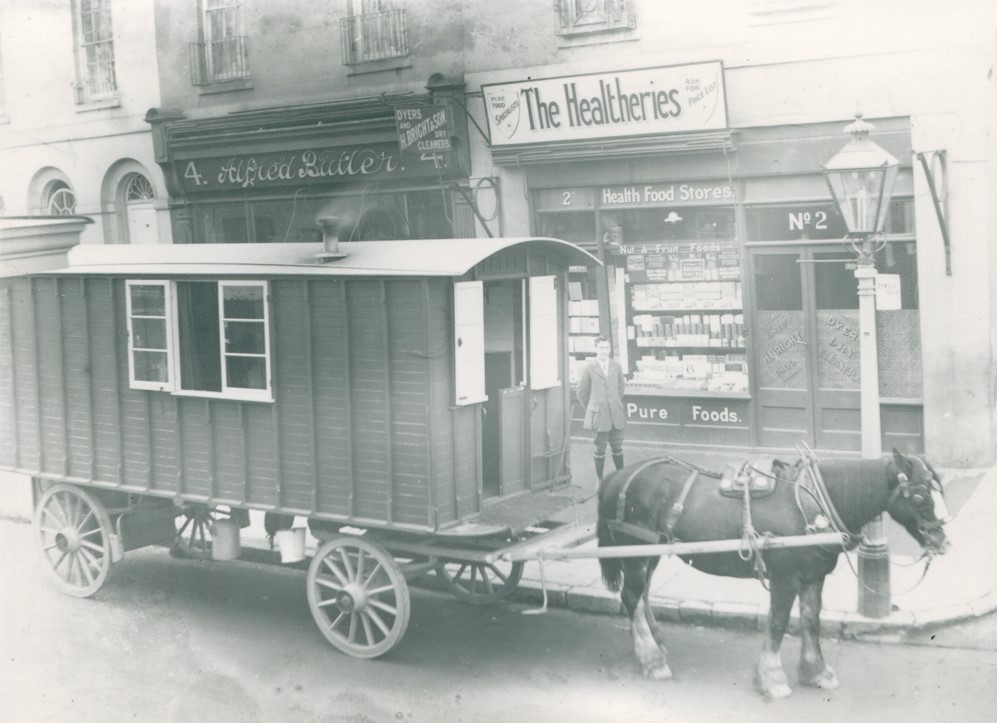

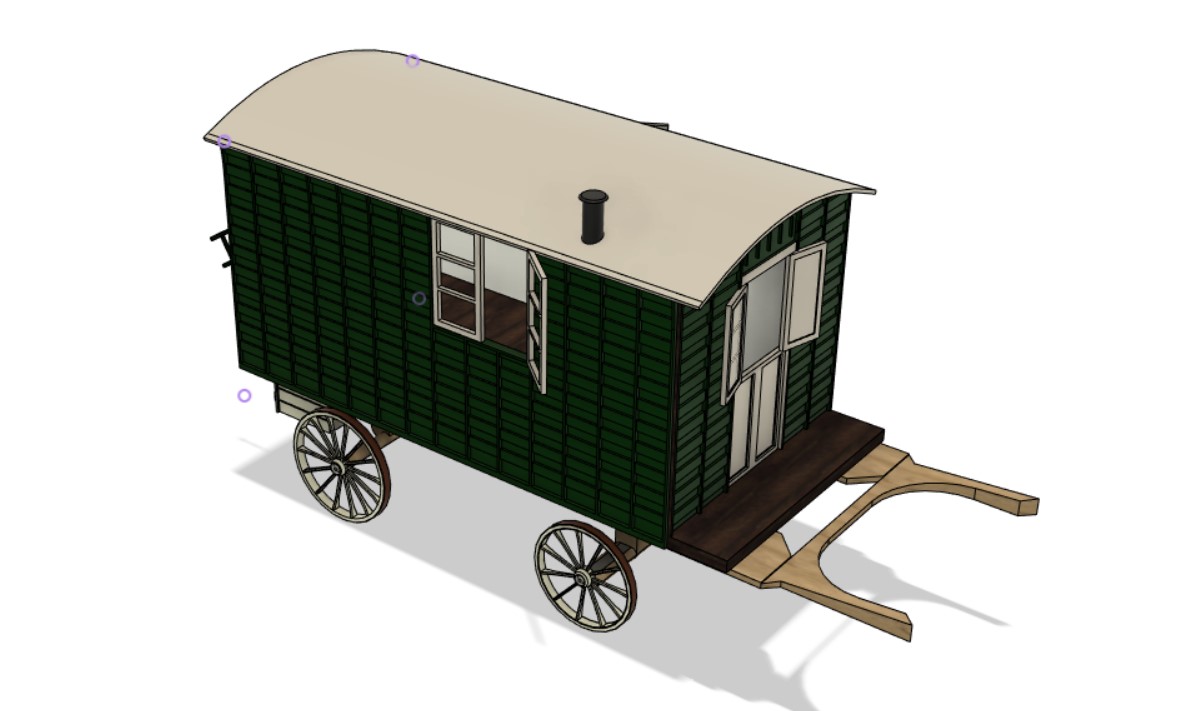

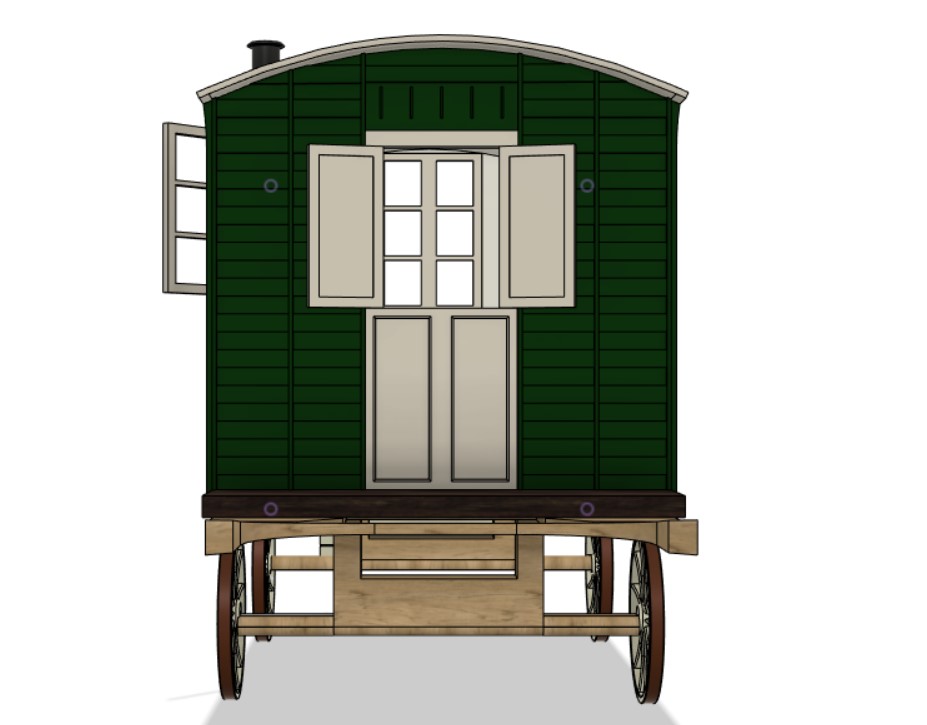



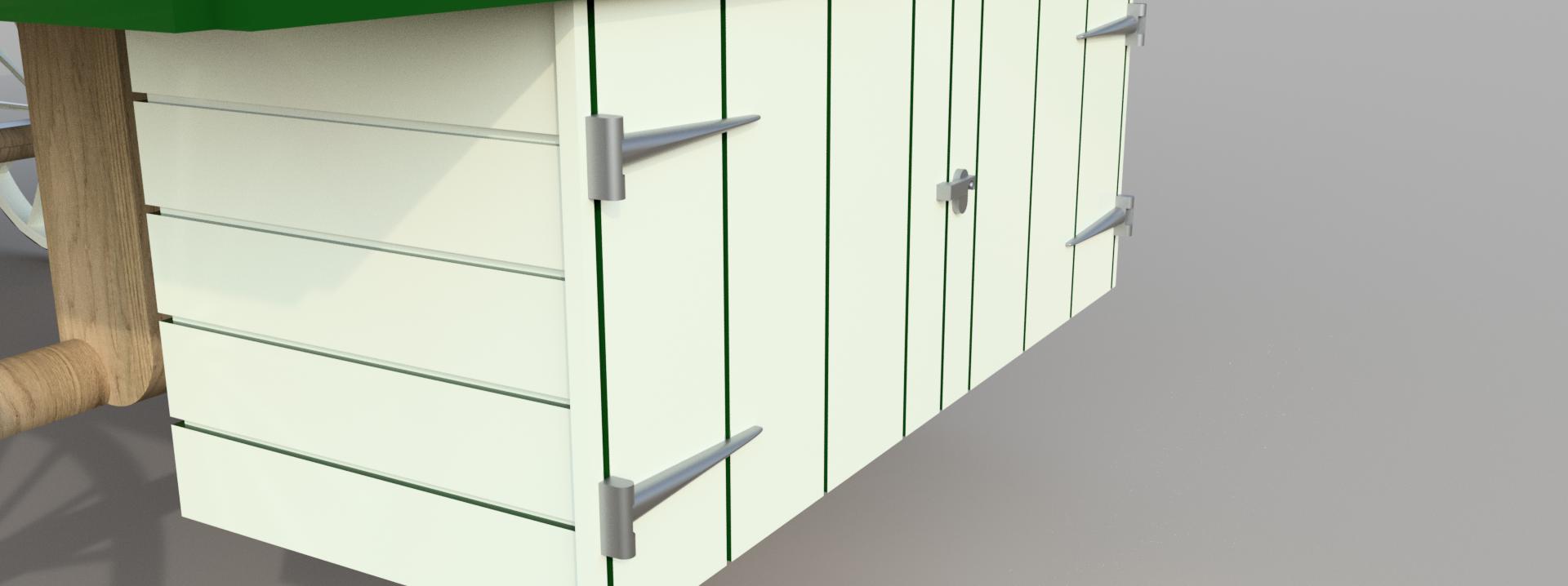
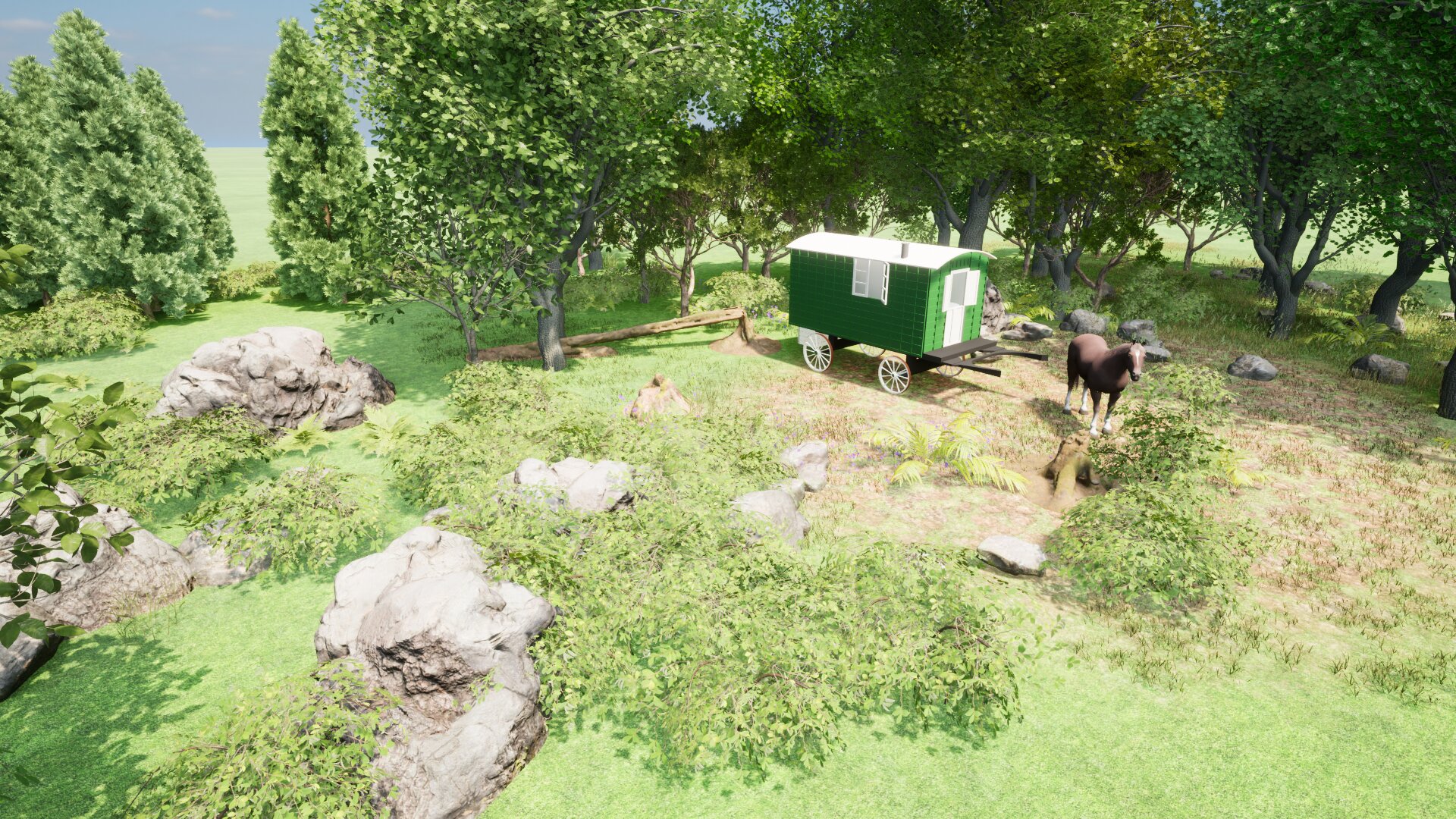

For this reflective report, I will be highlighting the group client project that we carried out at the University of Winchester, during the second year, in semester two. In this report, I will be looking at different parts of the task, such as an analysis of the project, skills used and gained in the project, and handover documents for the project. The group client project is a project that we completed where clients came to the university and pitched their ideas to us, and we had the choice to select what project we want to work on. I selected the CAMC (caravan and motorhome club) Hutching caravan project, pitched by Angela from the Beaulieu Motor Museum.
For the Hutching caravan project, Angela pitched us the idea of remodelling some of the caravans that she had photos of. These caravans were very old and ranged from the 1900s to 1950s, from horse-drawn caravans to vehicle-drawn caravans, a wide range of models were available for us to remodel. As it was a group client project, we had team members who were made up of myself, Syed, Jamie, and Olly. Angela had a lot of different caravans that she had photos of that we could remodel, therefore we allowed her to send us the photos of the caravans that she ideally would have liked to be remodelled, and as there were 4 of us decided we would remodel a caravan each. My role within the group was to remodel the horse-drawn caravan, one of the first caravans Hutchings created in the Winchester area. I was happy to complete the caravan project, having just completed another group client project where we designed the interior of a caravan, which also allowed me to use software that I was extremely comfortable to do so in Fusion360.
Overall, I was looking forward to the project due to the client, Angela, being from the motor museum, therefore it felt like a proper freelancing project. I also liked the fact that it was group work with a decently sized group of Syed, Olly, and Jamie. Another benefit of selecting this project was the use of Fusion360 which is a CAD software perfect for caravans, it excels in engineering, smaller details, and small interiors. To add, I even learned how to use rendering software, Twinmotion which is a product of Unreal Engine. I loved rendering in Twinmotion as the software was easy to learn, and the results are excellent. On the other hand, I was a bit underwhelmed that the only client project that seemed to apply and appeal to me the most, was another caravan project, which I completed in the first semester. This project was slightly different as in the first-semester project, we only created the interior of the caravan, whereas this time we had to create the outside as well as the interior. Halfway through the project we met Angela at the motor museum and had a group meeting with her. We explained the ideas we had for the project as she was open to changing the project, as it held an interactive side. She also allowed us entry to the motor museum free of charge which was a nice bonus.
Parts of the project that went well were the fact that we all had similar workloads, once Angela had sent through the caravans that she wanted remodelled, we were able to crack on once we had selected the caravan. In other group client projects, I felt as if the workload wasn't even on everyone, but in this case, everyone had a caravan therefore it was even, and we weren't reliant on each other. The project was straightforward in terms of what we had to do, although a level of research was needed to look at the dimensions for the caravans as the photos supplied for us did not hold them. The team had good communication and quickly decided what caravans we wanted to model, and everyone got the one they had their eye on, the team cohesion was good, and everyone cracked on with what they had to do.
If I had the chance to go back and change certain aspects of the group client project, I wouldn't change much, as I felt like the group worked well together, understood the task, and was ready and eager to complete the project.
Whilst the group client project model was mainly focused around Fusion360 which I had previous experience with and felt comfortable using the software, I branch into Twinmotion as a rendering and visualisation tool. Twinmotion is very good for environments and rendering and requires little skill to get an extremely good result. Twinmotion renders are very good, as some of the renders and environments you can create for your models look almost real life. Twinmotion works by importing your already created CAD drawings into the software ready to be rendered. For example, creating my model on Fusion360, then importing the FBX file into Twinmotion creates the model ready for rendering.
During the project, the group was very easy going and we all worked well. As we were very easygoing, I felt as if I had to step up and become the project manager, asking for progress in everyone's caravans to see how everyone was getting on. This has helped me in my time management and team management roles as I was asking and setting out small goals for the group for us to meet the deadline of the project, whilst supplying good results. As a result of a lot of different skills being shown and developed during this task, I believe out of any second-year project I grew the most, in terms of software skills in Fusion360 and Twinmotion, but also in team and time management.
Time Management was good throughout the project and in the end, we got everything that we needed to complete to a good standard. At the start of the project a lack of communication with our client resulted in us being a bit confused by what we had to do, although once we gained that communication back, we worked well to ensure that we met the small goals we had set for everyone to work at similar paces and delivery good results. Another motivating time factor for the group was the fact that Angela, the client wanted the work done for June, as our university deadline was in May, meaning we completed the work early, with a bit of time to focus on our university deadlines, ready to complete the handover documents.
As the deadline for the project was stated to be in June by Angela, we stepped away from the project whilst our university deadlines crept up, therefore we haven't yet completed a handover document for our client, although once we have handed in our university work, will prepare a handover document for Angela which will hold all four of the caravans the group has remodelled, as well as interiors and the interactive map Angela requested, which we, unfortunately, are unable to complete due to not having a developer in the group.
In summary, this project worked very well, and I would happily complete the project again, and even carry out further work for the project for Angela, maybe even remodelling another one of the caravans from different photos she has. The group worked well, and I enjoyed working together and would do so in the future. It helped me boost my skills in rendering software which will come in very handy heading into the third year at the University of Winchester. Although I would like to continue with the project, it doesn't exactly tie in with my goals for the end of university, where now I am looking for interior design and architecture as possible career paths for life at the end of university.

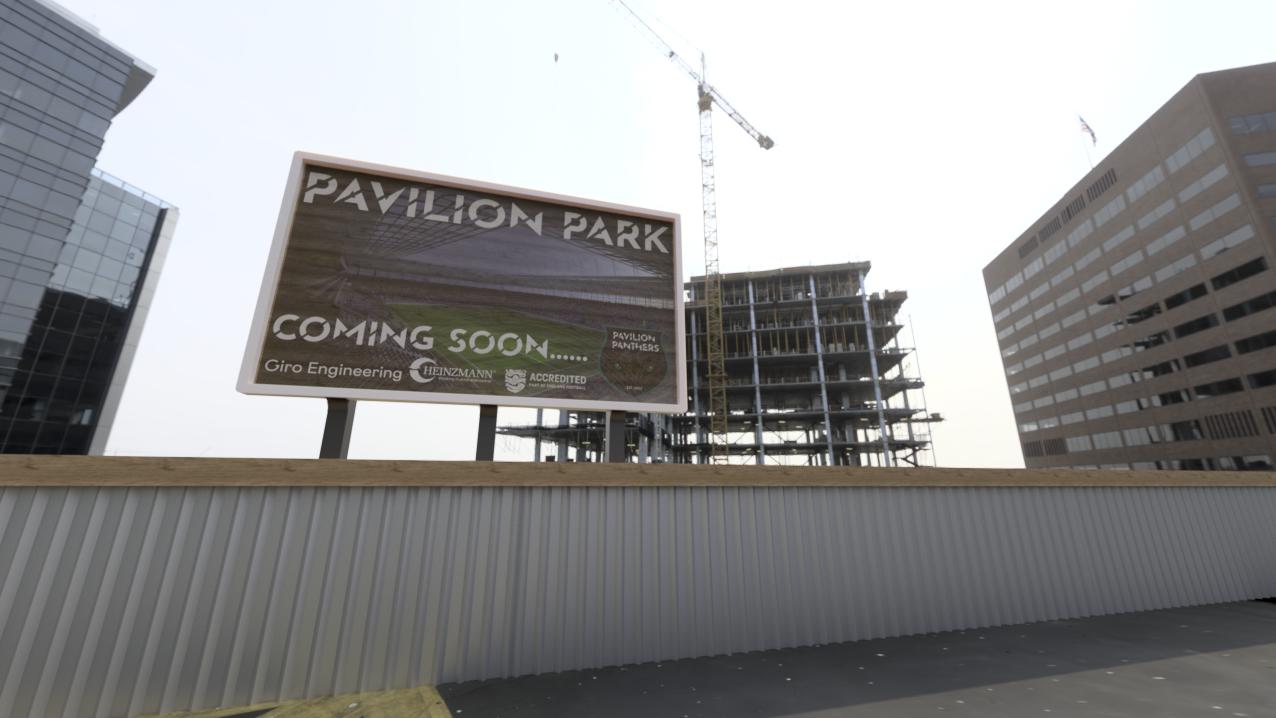
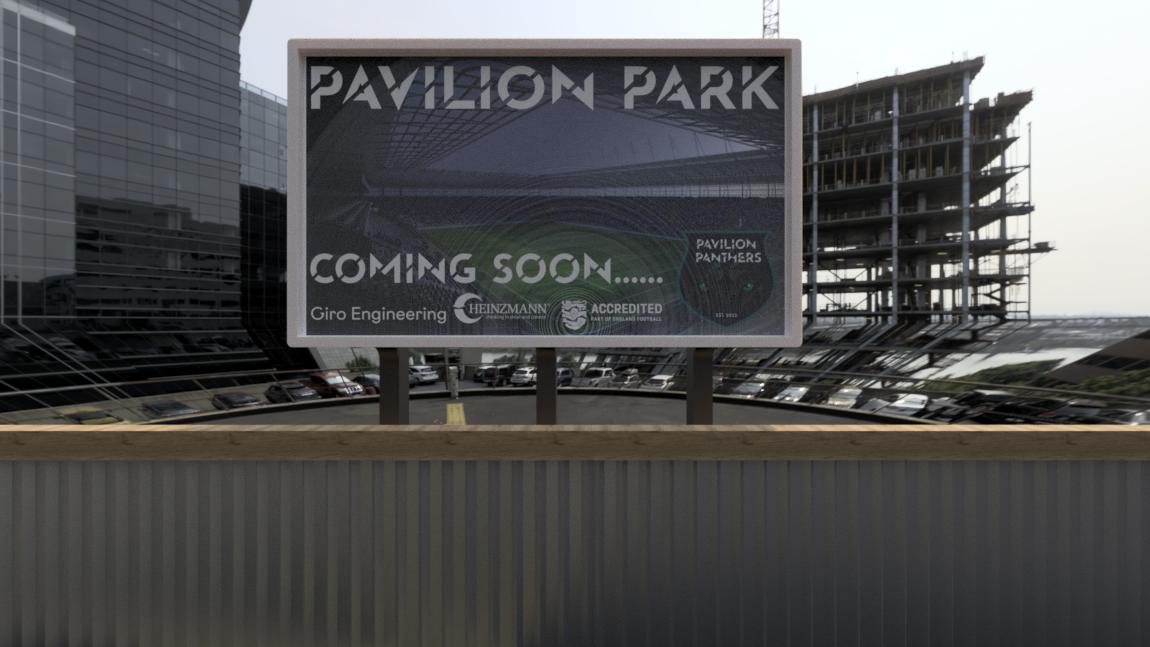
For the social media campaign project, we had to create at least two different social media accounts and create a campaign, promoting ourselves and our work. We did this by creating social media accounts and posting our work to the brand guidelines we set ourselves. For the project, we had to use LinkedIn, with the option of picking another social media platform to use alongside LinkedIn. I chose Instagram for this project. Through this project, I will be highlighting the brand guidelines I used for my social media account, an analysis of social media accounts as well as time management for the project during my second year at the University of Winchester. I believe we undertook this project as a networking method, to try and connect and reach out to many different industry professionals who can assist us along our career pathways. “The fluid nature of social media makes it the perfect launchpad for storytelling, product launches, and new initiatives”. (Meredith, 2020) Meredith proves how impactful social media is in the modern world and is a perfect method to propel certain projects.
As briefly described in the introduction, we had to create a social media campaign for a minimum of two different social media platforms. LinkedIn was social media that we had to do, as social media is more professional than personal and allows people to connect, creating a network to help with professional careers. LinkedIn is a good platform for finding careers, reaching out to people in similar situations, or networking with industry professionals who can offer tips and tricks about progression down career pathways. The second social media platform we could use was our own choice. Multiple forms of social media appealed to me including Instagram, ArtStation, and Twitter, all are good for designing and creative accounts. I decided to use Instagram for my second social media, as I had used the platform personally so knew about how the App worked. I also liked the way Instagram is set up and offers a variety of different forms of content, from stories to reels. Both social media were used to upload are work, whilst LinkedIn had a more professional approach in terms of presenting ourselves, and in my case, Instagram was more creative.
For my LinkedIn I made my page professional and styled it towards a professional sophisticated page, showing the final products of some of the projects I completed over the semester. One of the projects was the group client project. I uploaded parts of the project to LinkedIn and animations I created on Fusion360. My latest upload to LinkedIn had 91 Impressions, although the engagement was only at 3, therefore a large percentage of the viewers of my contact didn't react to it or reach out to me. This upload is a Twinmotion render of my horse-drawn caravan from the group client project. Another animation that I uploaded from the group client project got 147 impressions, although only received 7 reactions. Once again, a large percentage of the people who view my work leave without creating any interaction. Another one of my videos I uploaded to LinkedIn received 126 impressions but only 8 reactions. I need to knuckle down and understand what brings in reactions on LinkedIn and where I can improve.
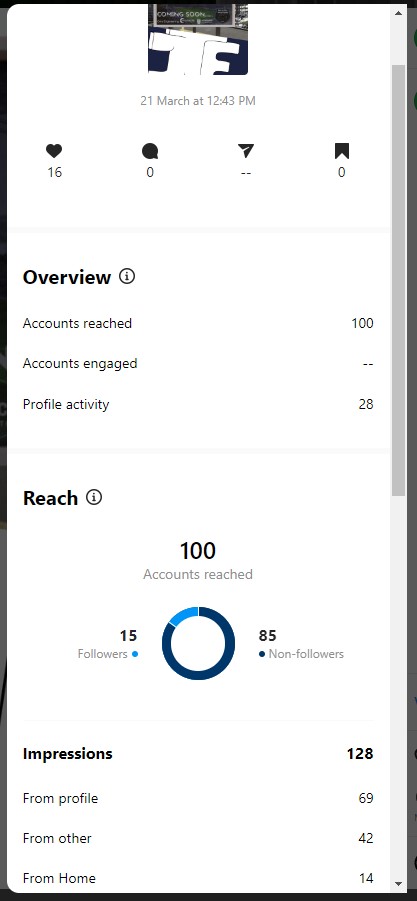
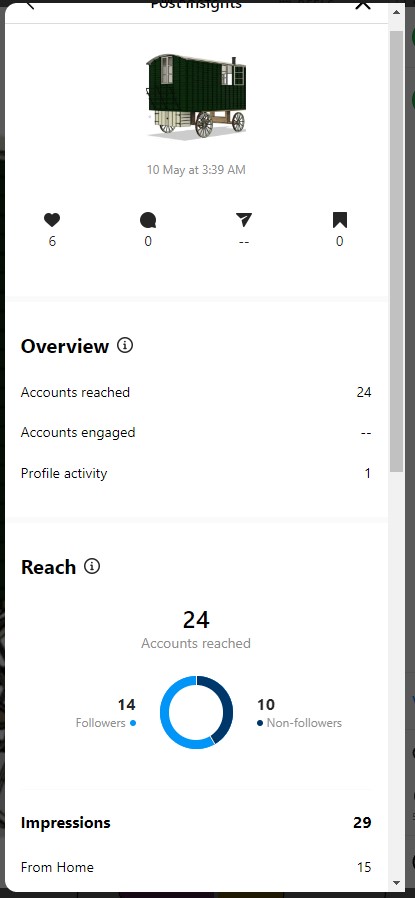
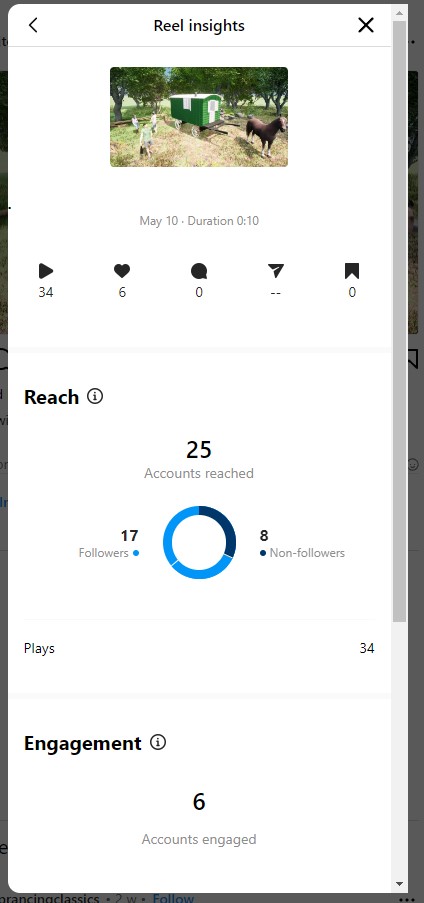
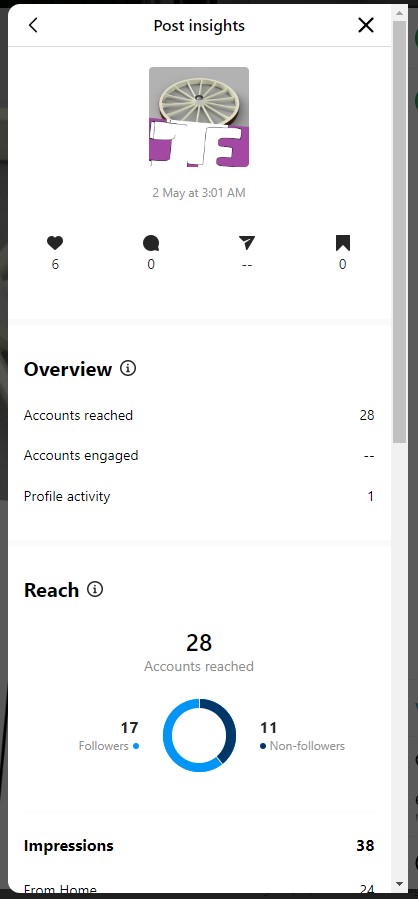
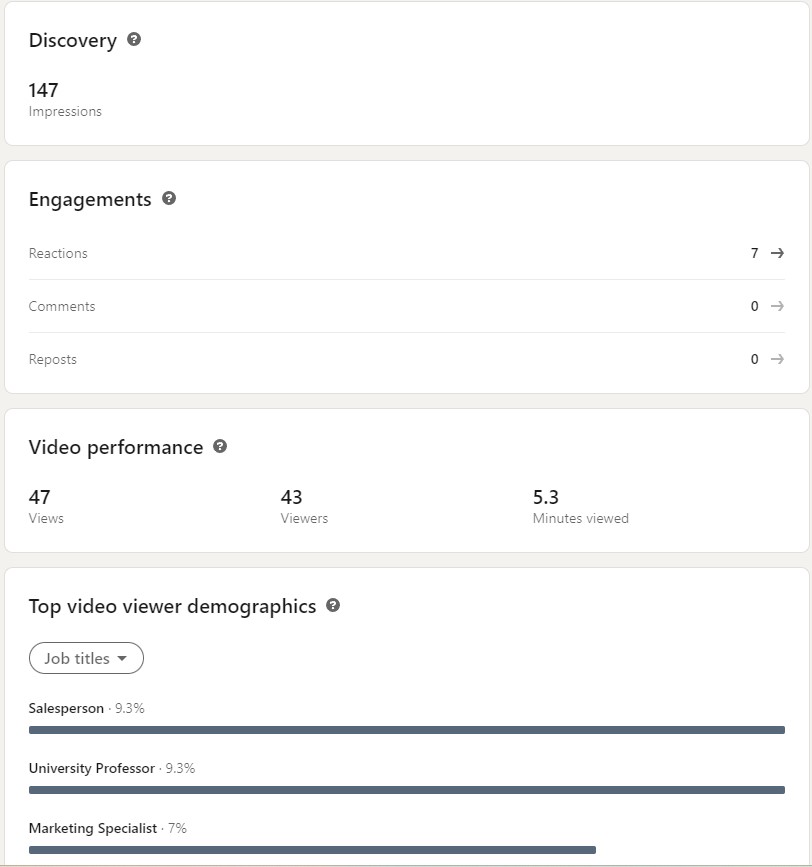

My Instagram page was styled to apply more to the creative person and tailored for creating thinkers, as it was bright, due to the brand guidelines I followed. My most recent Instagram reel suffered the same results as my LinkedIn, although a better impression-to-interactions ratio. The reel was an animation created on Twinmotion, of my group client project caravan. This reel reached 25 different accounts, 17 followers, and 8 non-followers accounts, with 6 likes. My first post on my Instagram account reached 100 accounts, with 16 likes. This is the most accounts reached on my Instagram page. Another post on Instagram reached 24 accounts with 6 likes. Therefore, the more creative side seems to attract more reactions to my account. In my Instagram, I also styled the branding to my logo which was located at the bottom of the first picture of the image, with a bright colour background, to show off my creative side in my Instagram. After 6 posts I decided to experiment and remove the branding from the content in general. I did this because when people were searching through hashtags, I didn't want to put off potential followers through the loud branding, therefore I removed the branding for the remaining posts. I found little to no change with the impressions and reactions, so in the future, I will head back to the branding, as I like the way the Instagram pages look with the branding, as opposed to without.
On reflection, I must do something with my LinkedIn to ensure that I can maximise the engagement on my page to ensure that I am getting the most out of social media. I need to knuckle down and understand what brings in reactions on LinkedIn and where I can improve. Maybe blend a bit of the creative side to LinkedIn and see how it goes. I think heading forward trial and error will be very useful when uploading things to Instagram and LinkedIn to see what works best.
I am happy with my LinkedIn page, although I would like to try and gain more interactions with people viewing my content, therefore maybe creating more engaging posts, and sharpening up on some of the captions, if the opportunity arose where I could do the project again. If I could redo the project in terms of my Instagram page, I would reach out to more people and follow more industry and CAD accounts. As I only follow one person it holds back the interactions you can reach, due to helping each other out by following each other and sharing work.” Taking steps to understand your audience using social data can help you in so many ways. For example, analyzing your past posts can help you find your unique best time to share.” (Anderson, 2018) Anderson explains the benefits of using social media analytics to find your target audience and help create content that is targeted at them.
As stated, briefly I created brand guidelines for my social media accounts. Mainly for Instagram. For Instagram, I created a template that I used for the first photo on all my social media uploads. The templates I used were made on Canva and they had my logo which is my initials (JTE) in capitals next to each other, with a bright background and the background the same colour as the texts on the JTE. Eventually, I decided to scrap the bright branding because, on the hashtag searches, I felt as if I was putting people off with the bright branding, blocking up some of the views of the actual content I was trying to promote. The results I received were no different from uploads with the branding, compared to without my branding, therefore in the future, I will be sticking with uploading to my Instagram page with my branding. I wanted to try and keep a consistent look on my Instagram page, therefore going back and editing the content without the branding is the next step to keeping the branding in line. “Brand guidelines should be used as a tool to keep your brand consistent.” (Iconic Digital Marketing Agency, 2016) Iconic Digital Marketing Agency suggests that your branding guidelines are great methods of keeping your brand consistent.
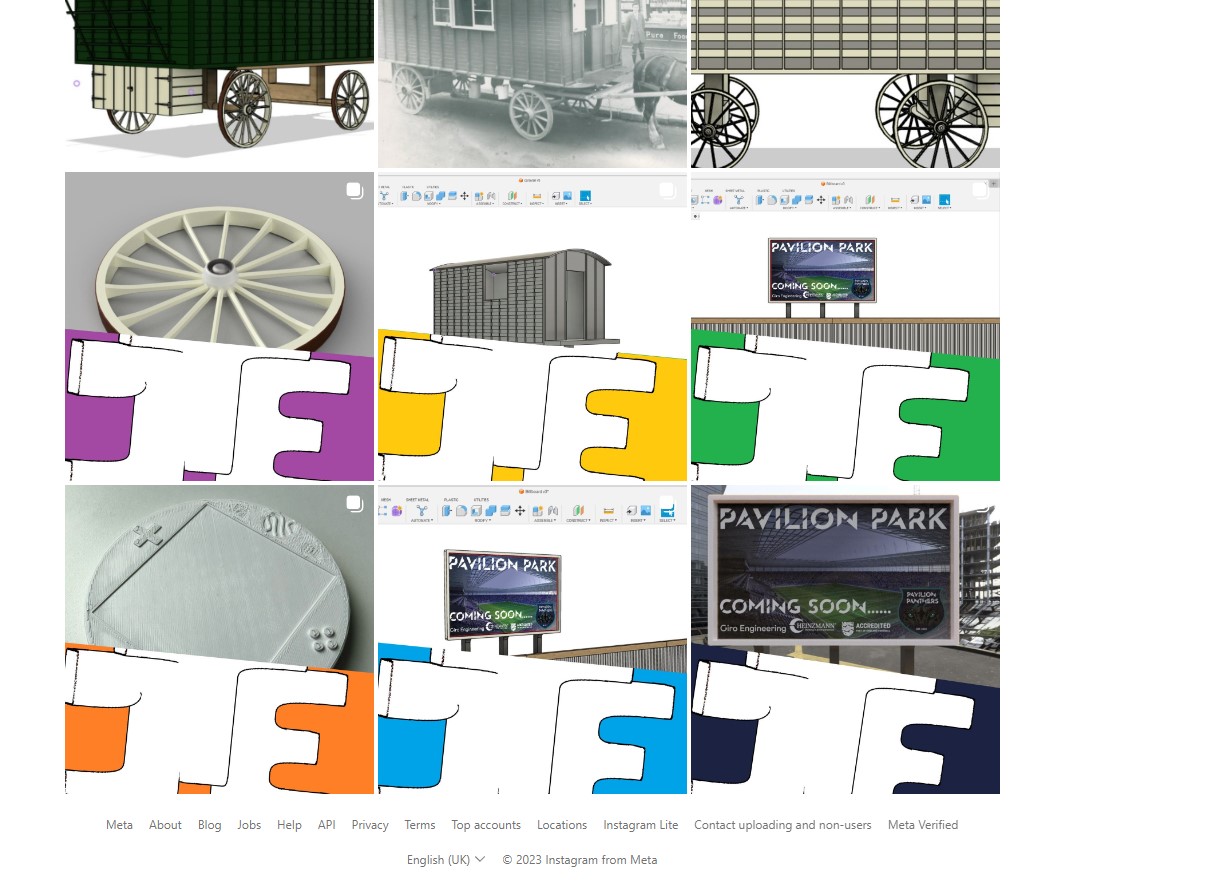
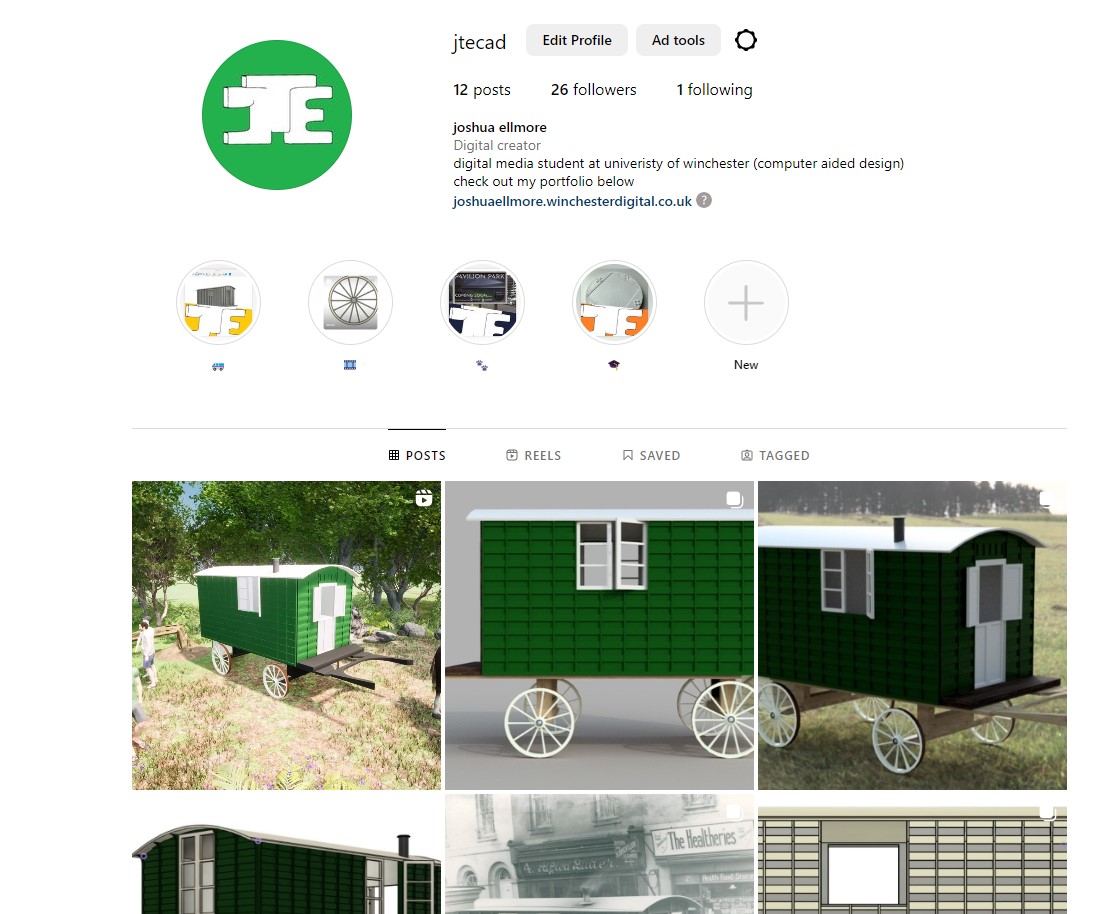
During the social media project, several different skills were enhanced during this project, for example, my time management skills. Time management has been something I have been working hard towards, as it shows multiple qualities, from organisation to professionalism. It is very important to organise posts for social media and create regular posts. Unfortunately, I did not follow any Gantt charts or timetables for posting content, which on reflection would have been a perfect idea to complete work on time and show what I have been working on, on my social media accounts. Motivating me to complete my projects in good time. At the start of the project, my time management was the worst it has been, as I was consistently late for university, social gatherings, and sometimes even work. It woke me up to the importance of keeping good time management and drives me to improve in the future, which I am currently working towards and making good progress. “Better time management means a better work-life balance. Work-life balance creates numerous positive benefits like decreased stress and more time for family and loved ones.” (Alexander, 2019) Alexander highlights the endless benefits of keeping good time management, which doesn't just reflect on professional life, but simmers through to the personal side of life.
Another Skill I learned over the social media campaign was how much work goes into social media accounts. Before I started the project, I did not realise the time and effort it takes to upload good-quality content. There's so much content on Instagram and other social media, I took for granted how good the content was, therefore when it came to producing my content it was a slap in the face when realising how much time, effort, and planning to go into each post. It's something I will never take for granted again!
Overall, the social media campaign was a hard project, that helped me in multiple ways, giving me a much broader outlook on the professional side of social media. Before this project, I would have never created an Instagram and LinkedIn accounts and used them. I am very happy that I undertook the project and can't wait to show off my summer projects and my third-year work on my accounts.
To conclude, this semester was enjoyable and flew by. If I compared this semester to last semester my experience is completely different in a much more positive way. I enjoyed how we learned Fusion360 and other software with the lectures in the lesson instead of relying on self-learning on software. It helped with my confidence going into these projects. The semester completely flew by and I am already excited and eager to start my third year of university after enjoy my summer to regenerate, preparing to go again and strive for success.
Alexander, M. (2019). The Importance of Time Management: Tips for Boosting Your Productivity. [online] FreshBooks. Available at: https://www.freshbooks.com/hub/productivity/importance-of-time-management [Accessed 16 May 2023].
Anderson, I. (2018). 6 Reasons why you Should Use Social Media Analytics. [online] Seriously Social with Ian Anderson Gray. Available at: https://iag.me/socialmedia/6-important-reasons-why-you-should-use-social-media-analytics/ [Accessed 16 May 2023].
Iconic Digital Marketing Agency. (2016). The Importance of Brand Guidelines. [online] Available at: https://iconicdigitalagency.com/blog/branding/the-importance-of-brand-guidelines/ [Accessed 16 May 2023].
Meredith, J. (2020). Council Post: The Power Of Social Media To Capture Today’s Consumer. [online] Forbes. Available at: https://www.forbes.com/sites/forbescommunicationscouncil/2020/06/25/the-power-of-social-media-to-capture-todays-consumer/?sh=515331ed789e [Accessed 16 May 2023].